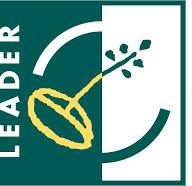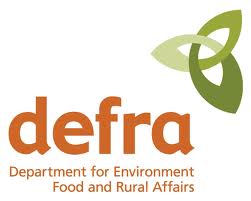The Village Hall sits on the site of the former Bardon Mill Colliery which was originally known as Henshaw Colliery until its name changed in 1948. The colliery’s first cut of the turf was back in 1938. The first drift was 340 yards long at a gradient of 1:3. It took two years to sink this before coal was won. Bardon Mill Colliery finally closed in 1972; the seams were becoming thinner and were much further from the drift mouth. Water had become a serious problem since the drift was a mere 300 yards beneath the river; moreover, faults on the south side of the Tyne prevented more coal from being taken.
A monument to the miners is now in place at the roadside entrance to the Village Hall and Redburn Park. The monument is a loaded coal wagon donated by Mr and Mrs Spence.
Then in November 2009, a resident called Liz Steele had a chance conversation with Jeff Oliver about there being very little for anyone to do in the village and so the idea of getting a village hall began. This was the third time the village had tried to get something up and running for its residents.
Liz and Jeff set about getting a committee together, with the intention of formulating ideas. Canvassing of the village quickly followed and there was a positive response. The only concerns were where to build it. The park was put forward as a suggestion but there was a concern that it would take up too much room from the children’s playground and so the idea was born to build it into the side of the hill.
The land was secured from Northumberland County Council in 2010.
Then came the task of appointing an architect with a criteria to keep the theme of the colliery to reflect the heritage of the site. Of the 3 submissions, Newton Architects were appointed.
The next stage was the feasibility study; funding was secured for this, together with an extensive soil survey in view of the fact it was going to be built on the site of an old colliery.
In conjunction with this, the committee formed its constitution and applied for charitable status.
Numerous funding applications were written and submitted and a range of funding events were held within the local community.
The next stage was the ‘planning for real’ exercise which resulted in the design being modified to include a larger kitchen, smaller toilets and a much bigger main hall.
The Big Lottery then announced their ‘Reaching Communities’ project and the development of a ‘new build’ village hall fitted into that category. Following much hard work, a major Big Lottery funding application was written. Getting all the funds together took about 2 years due to numerous stages to the applications. The young people in the village also made a DVD that provided further evidence of the need for a suitable place to meet, have a youth club and just hang out.
Once all the funding was in place, there was a process of appointing the building contractors. The aim was to use as many local businesses as possible. Bewley and Scott started the build in October 2012.
The finished building was handed over on 17th of August 2013 with the first booking on 1st September. On 10th September the first youth club took place and in its first week 50 young people had a place to go that they had not had for so many years before.
Since then, the Village Hall has gone from strength to strength. It is currently managed by a committee of 13 volunteers, most of whom also work full-time but still dedicate what spare time they have to making the Hall what it is today. It is a place where local people can meet and take part in regular clubs and activities. It is hired out for functions, parties, seminars, conferences, weddings and much more. The committee also plan and host a number of fundraising events throughout the year such as the scarecrow festival party.





